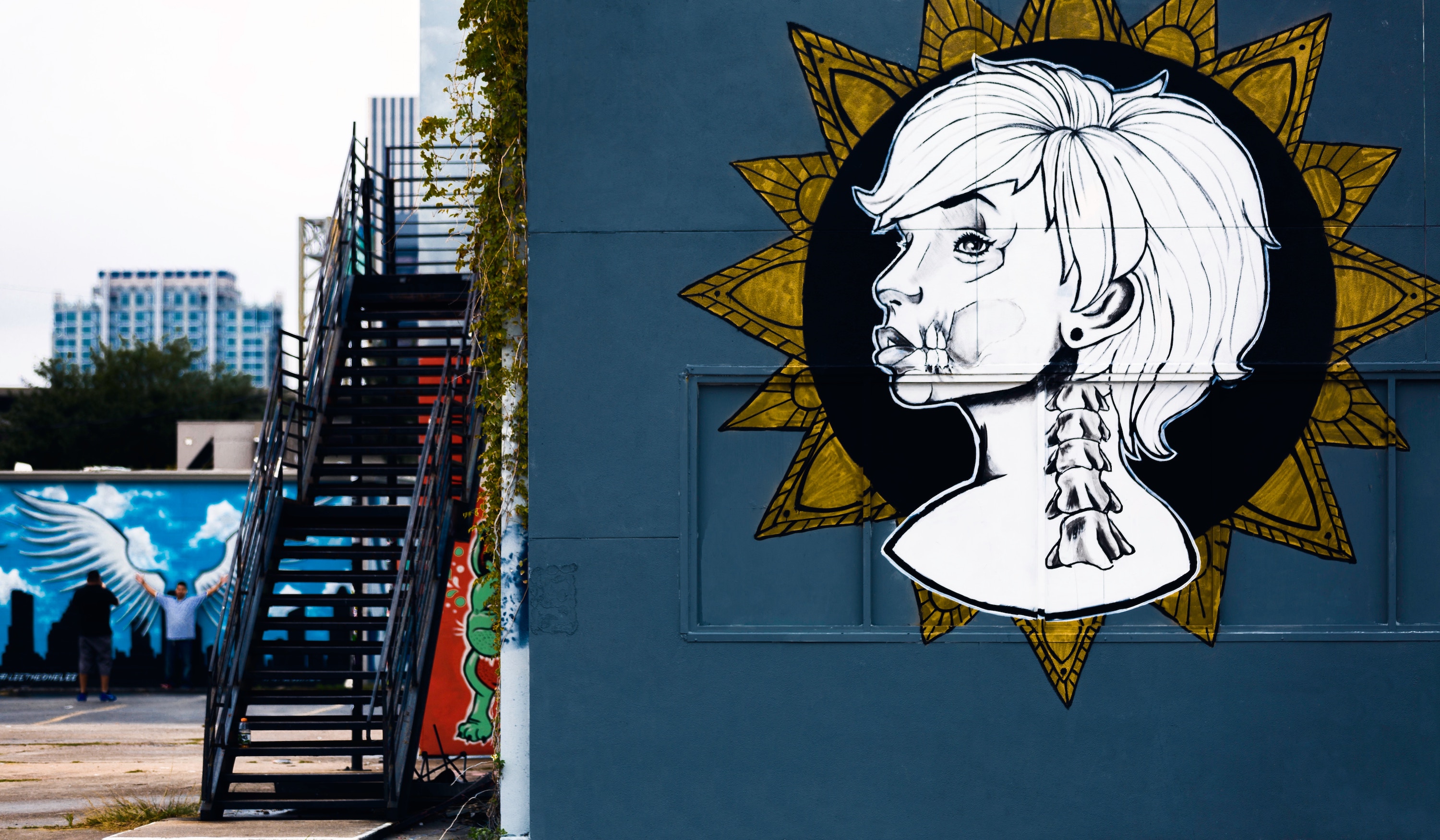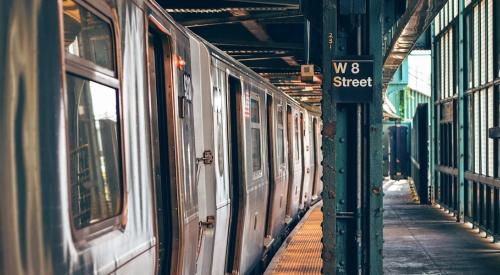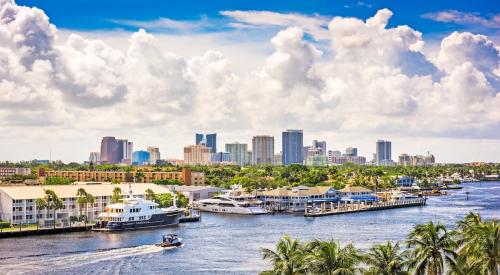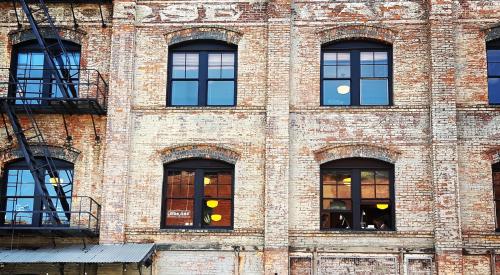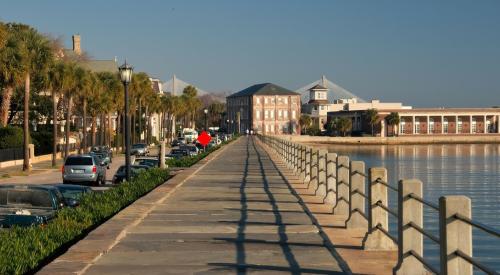Community and public art is bringing value to neighborhoods, converting eyesores and unused land into vibrant, attractive space. Builders are increasingly integrating art into their revitalization efforts and new developments to entice buyers and renters willing to pay high premiums.
“Developers are beginning to see that they have to offer more than just four walls,” says Barbara Goldstein, public art planner and consultant in San Jose, Calif. Predicts Goldstein, "We're going to see more and more of this kind of thing." Yet, one concern emerges with the rise of art-driven revamps of urban areas: gentrification, driving up home values and driving out creative individuals and professionals who can then no longer afford to live in the area, Realtor.com reports.
When Millennium Park opened in 2004, anchored by open-air galleries and interactive public art, it created a ripple effect in nearby development. Soon, condo buildings stretched into the sky, and property values skyrocketed in the Loop. The “Millennium Park factor” has been credited with fueling the area’s real estate growth by about 10,000 new units over the following decade, to the tune of $1.4 billion just in residential development, according to an economic impact study by URS and Goodman Williams Group.
